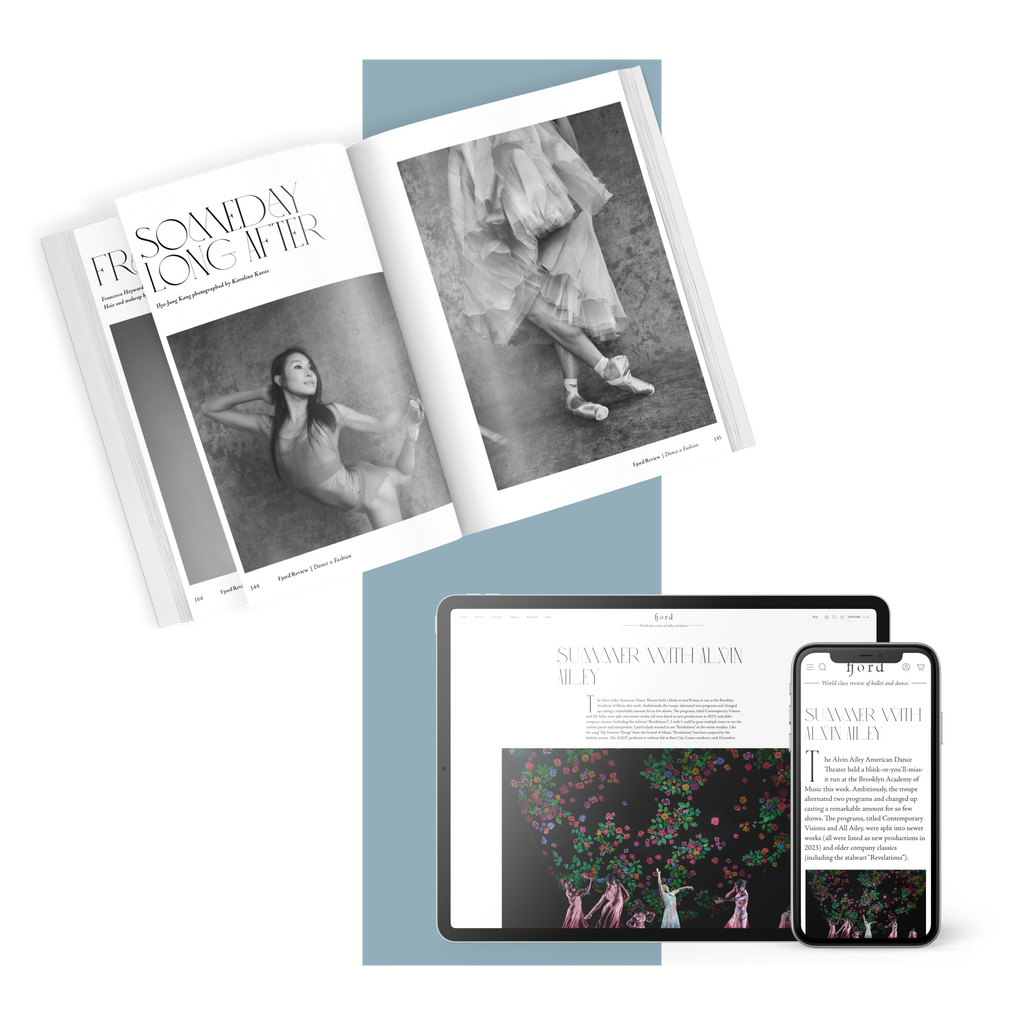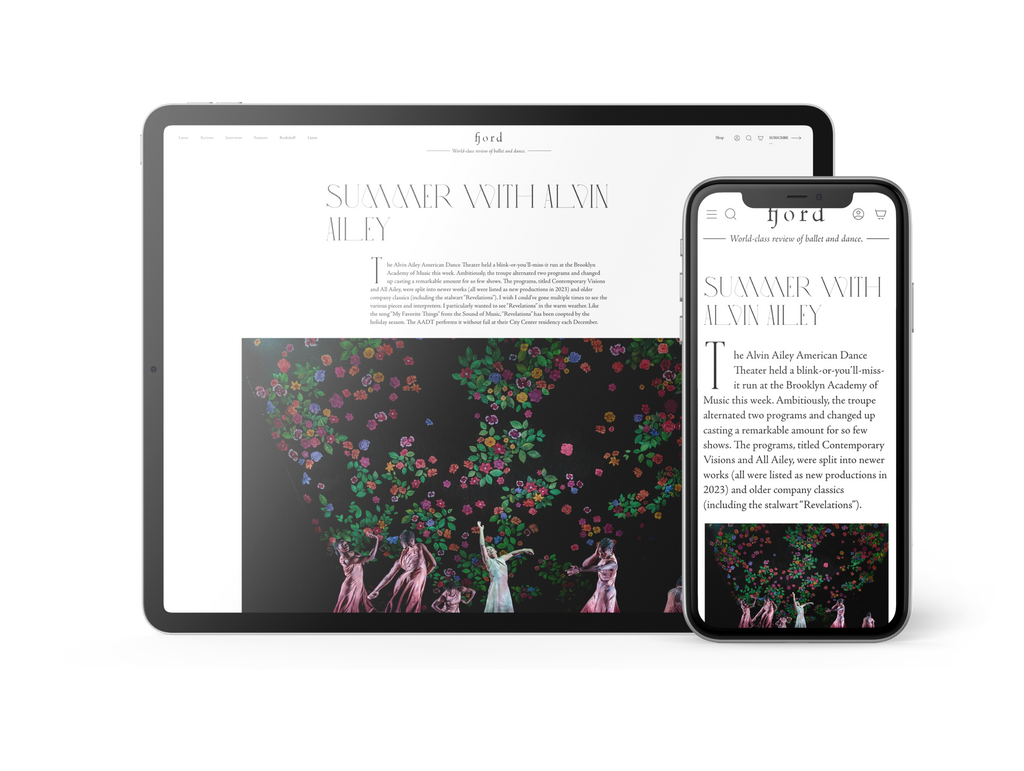Natural Histories
Miriam Miller steps into the center and raises her arm with deliberation, pressing her palm upward to the vaulted Gothic ceiling of the cathedral.
Continue Reading
World-class review of ballet and dance.
Dancer and choreographer Shaun Parker, hailing from Mildura, Victoria, has had a near two-decade career as a dancer with prominent Australian contemporary companies such as Meryl Tankard's Australian Dance Theatre, Force Majeure, Chunky Move and Sydney Dance Company. Now his company, Shaun Parker & Company, performs to sold-out theatres internationally. His newest work is “King,” an all-male exploration of patriarchal power, and socio-sexual and political structures. The world premiere took place in Sydney as part of the 2019 Gay and Lesbian Mardi Gras Festival.
Performance
Place
Words

Shaun Parker & Company in “King.” Photograph by Prudence Upton


“Uncommonly intelligent, substantial coverage.”
Your weekly source for world-class dance reviews, interviews, articles, and more.
Already a paid subscriber? Login
Miriam Miller steps into the center and raises her arm with deliberation, pressing her palm upward to the vaulted Gothic ceiling of the cathedral.
Continue ReadingIn a series called “Just Dance” on Nowness—a site I sometimes visit to see what’s up in the world of “genre busting” dance films that make it onto this stylized platform—I sometimes find little gems that quietly rock my world.
Continue ReadingBack in October, New York City Ballet got a new cowboy. His arrival occurred in the final section of George Balanchine’s “Western Symphony.”
Continue ReadingWhen Richard Move enters from stage left, his presence is already monumental. In a long-sleeved gown, a wig swept in a dramatic topknot, and his eyes lined in striking swoops, the artist presents himself in the likeness of Martha Graham—though standing at 6’4, he has more than a foot on the late modern dance pioneer.
Continue Reading
comments